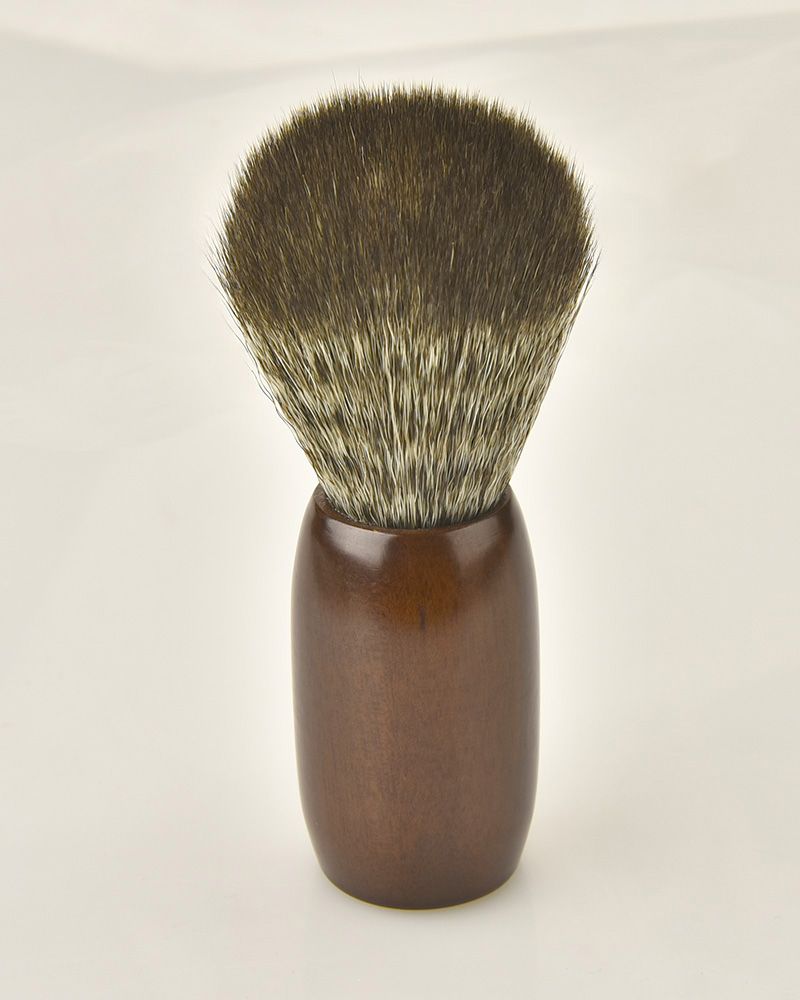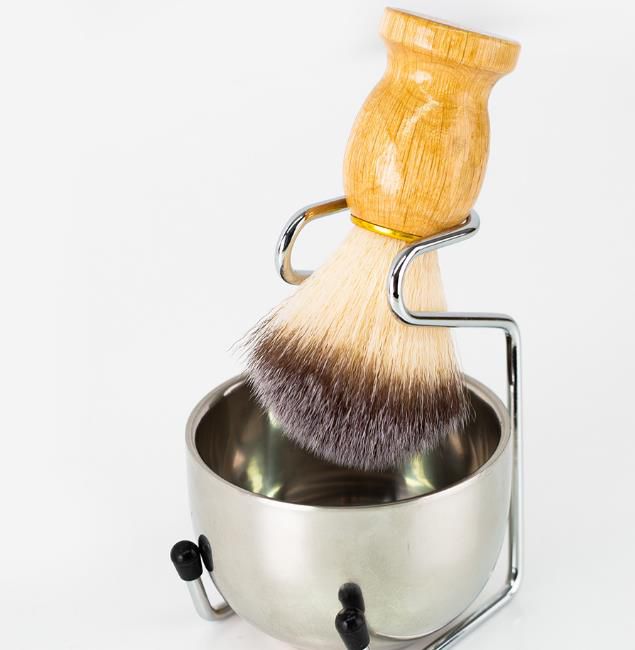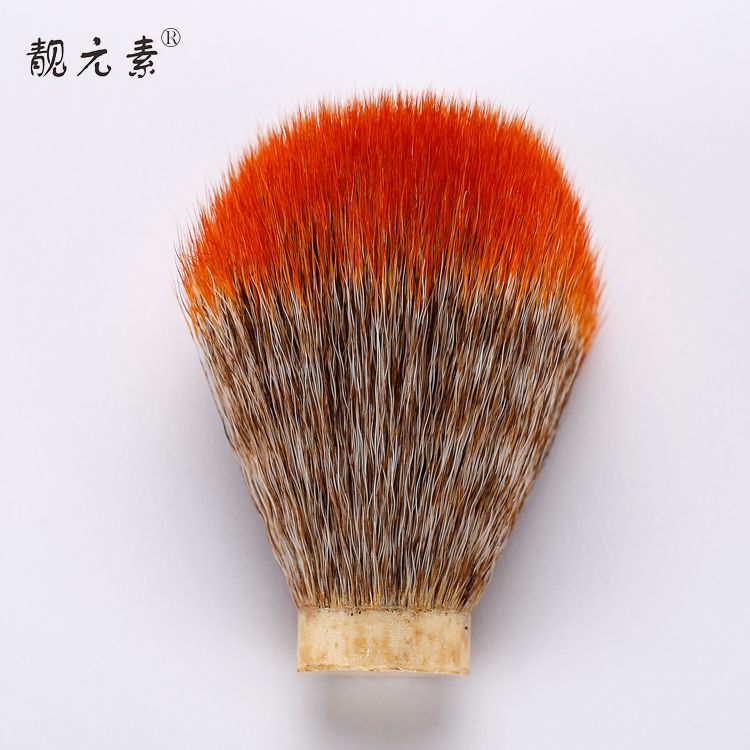Industry news
Shaving Brush Brand Collaborations: Grooming Experts Partnering with Filament Makers
- 178 Views
- 2025-11-19 02:31:10
Shaving Brush Brand Collaborations: How Grooming Experts and Filament Makers Drive Industry Innovation
The global shaving brush market is experiencing a renaissance, driven by consumers’ growing focus on grooming rituals and product quality. In this landscape, a key trend is emerging: strategic collaborations between shaving brush brands and filament makers. These partnerships, born from a shared pursuit of excellence, are reshaping product development, elevating user experience, and setting new industry standards.

At the heart of this shift is the recognition that a shaving brush’s performance hinges on its filament—the core component that determines softness, water retention, lather quality, and durability. While brands excel in understanding consumer needs, brand storytelling, and market positioning, filament makers bring specialized expertise in material science, manufacturing precision, and technical innovation. This synergy allows both parties to address evolving demands, from sustainability to sensory体验, more effectively than either could alone.
The Driving Forces Behind Collaborations

Several factors are fueling these alliances. First, consumer preferences are becoming increasingly nuanced. Modern groomers seek products that balance tradition (e.g., premium natural filaments like badger hair) with modern values (e.g., cruelty-free synthetic alternatives, eco-friendly materials). Brands, eager to cater to this diversity, turn to filament makers to develop filaments that mimic the lushness of natural hair while aligning with ethical or environmental goals. For instance, demand for vegan grooming products has spurred partnerships to create high-performance synthetic filaments using bio-based polymers or recycled materials.
Second, technical innovation is a critical driver. Filament makers are investing in R&D to enhance filament properties—such as improving the water absorption of synthetic fibers, optimizing bristle taper for a smoother glide, or engineering anti-microbial coatings for hygiene. Brands, in turn, provide insights into user pain points (e.g., “synthetic brushes feel too stiff”) or unmet needs (e.g., “I want a brush that works with both cream and soap lathers”), guiding manufacturers to refine their formulas. This collaborative problem-solving leads to filaments that are not just functional but tailored to specific grooming rituals.

Third, sustainability has become a non-negotiable. With eco-conscious consumers scrutinizing supply chains, brands and filament makers are joining forces to reduce environmental impact. This includes developing filaments from renewable resources (e.g., plant-based plastics), minimizing production waste through precision manufacturing, or creating recyclable brush bases paired with compostable filaments. Such initiatives not only meet regulatory pressures but also resonate with a generation of shoppers prioritizing planet-friendly choices.
Models of Collaboration: From Co-Development to Co-Creation
These partnerships take various forms, each tailored to shared objectives. One common model is technical co-development, where brands and filament makers collaborate on filament formulas. For example, a luxury shaving brand might work with a filament specialist to create a proprietary blend of synthetic fibers that replicates the softness of silvertip badger hair while being 100% vegan. The brand contributes user feedback and market trends, while the manufacturer leverages its lab capabilities to test materials, adjust fiber diameters, and perfect bristle density.
Another model is sustainability-focused alliances, where both parties prioritize eco-innovation. A mid-market brand, for instance, might partner with a filament maker to launch a line of brushes using bio-based filaments derived from sugarcane or corn starch. Together, they optimize production processes to cut carbon emissions and design packaging that complements the product’s green credentials, creating a compelling narrative for environmentally conscious consumers.
Some collaborations even extend to co-creation of limited-edition lines, blending the brand’s aesthetic with the manufacturer’s technical prowess. A heritage grooming brand, for example, could team up with a filament maker known for artisanal craftsmanship to release a collector’s set featuring hand-tapered natural filaments sourced from ethical suppliers, paired with a custom handle design. Such exclusivity not only drives brand loyalty but also showcases the artistry behind filament making.
The Win-Win: Advantages for Brands, Makers, and Consumers
These collaborations deliver clear benefits across the board. For brands, partnering with filament makers accelerates product innovation, reduces R&D risks, and enhances credibility. By associating with a reputable filament specialist, brands signal a commitment to quality, which resonates with discerning consumers. For filament makers, collaborations provide direct access to market insights, helping them align their R&D with real-world demand. This not only boosts sales but also positions them as industry thought leaders, attracting more brand partners.
Most importantly, consumers reap the rewards. Collaborations result in shaving brushes that are more tailored to their needs: softer filaments for sensitive skin, faster-drying fibers for convenience, or sustainable materials for eco-minded users. By combining brand storytelling with technical excellence, these products transcend mere tools—they become part of a curated grooming experience, fostering deeper brand connection.
Shaping the Future of Grooming
As consumer expectations continue to rise, shaving brush brand collaborations with filament makers are poised to become the norm rather than the exception. These partnerships are not just about product improvement; they are driving the industry toward greater transparency, innovation, and sustainability. From bio-based synthetics to precision-engineered natural filaments, the future of shaving brushes will be defined by the collective expertise of brands and makers working in tandem.
In a market where differentiation is key, these alliances are more than strategic—they are a testament to the power of collaboration in turning grooming from a routine into a ritual. As brands and filament makers continue to partner, one thing is clear: the best shaving brushes of tomorrow will be born from the union of vision and expertise.











